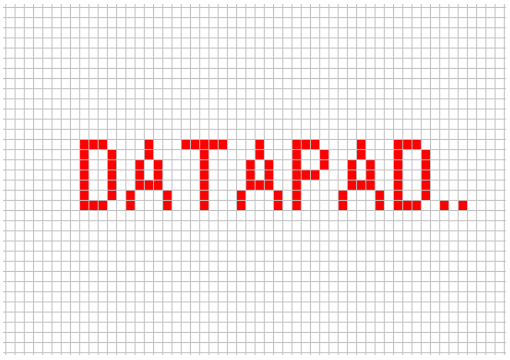MySQL Basic SQL Overview
MySQL is free and open-source software under the terms of the GNU General Public License, and is also available under a variety of proprietary licenses. MySQL is a fast, stable, robust, easy to use, and true multiuser, multithreaded SQL database server.
MySQL has stand-alone clients that allow users to interact directly with a MySQL database using SQL, but more often MySQL is used with other programs to implement applications that need relational database capability. MySQL is a component of the LAMP web application software stack (and others), which is an acronym for Linux, Apache, MySQL, Perl/PHP/Python. The MySQL Community Server is the world’s most popular opensource database, used by millions of websites.
In this course, you will learn the basic skills you need to create and maintain your own MySQL databases.
Topics include:
Understanding the structure of a database
Creating tables
Writing SELECT queries
Inserting data
Deleting data
Using MySQL builtin functions
Database best practices
Importing data
Filtering results
Updating data
Joining tables
Working with string and mathematical functions
Introduction
Install MySQL Software
MySQL data types, part 1 (Numeric, Date and Time, String)
MySQL data types, part 2 (Enumeration types, The SERIAL type alias)
Create a database
Create a table
Use CREATE and ALTER
Primary keys and foreign keys
Load bulk data
The basics of SELECT
Refine SELECT queries
Filter results with WHERE
Display data with CASE
Filter data
Add data to tables with INSERT
Update existing rows with UPDATE
Remove data with DELETE
The basics of JOIN
INNER JOIN
LEFT JOIN
RIGHT JOIN
FULL OUTER JOIN
Comparison Operators
Logical Operators
Arithmetic Operators
Operator Precedence
The CASE statements
The IF function
String comparisons
Regular expressions
String concatenation
Numeric conversions
Trimming and padding
Case conversion
Substrings
Soundex
Value functions
Basic math
Simple trigonometry
Logarithms
Radians and degrees
String concatenation
Quote marks
Integer division
